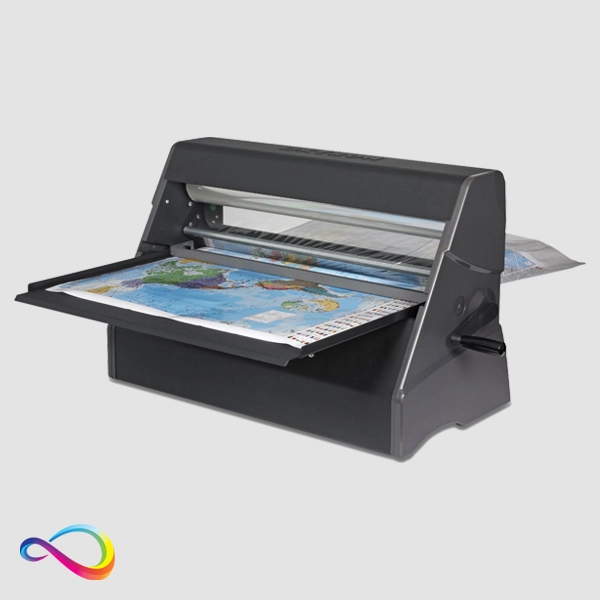Poster Printer for Schools Trauma-Responsive Design
Understanding Trauma-Responsive Visual Design
Recent research reveals that approximately one in four students experiences significant trauma before graduating high school. Furthermore, visual elements in our classrooms can either trigger stress responses or promote healing. Therefore, understanding how to create trauma-responsive posters becomes essential for fostering safe learning environments.
Traditional classroom decorations often overlook the psychological impact of imagery and color. However, when we approach poster design through a trauma-informed lens, we acknowledge that visual stimuli directly affect nervous system regulation. Additionally, we recognize that what feels inspiring to one student might feel overwhelming to another.
The neuroscience behind visual processing shows us that trauma affects how students interpret and respond to environmental cues. Consequently, our poster designs must consider multiple perspectives and sensitivities. Moreover, we must balance educational objectives with emotional safety, creating spaces that nurture both learning and healing.
The Psychology of Safe Visual Spaces
Visual safety extends beyond avoiding obvious triggers. Rather, it encompasses creating predictable, calming environments that signal security to the nervous system. Subsequently, students can shift from survival mode to learning mode more easily.
Research from Stanford’s trauma-informed education program demonstrates that consistent visual patterns reduce anxiety. Similarly, nature-inspired imagery activates parasympathetic responses that promote emotional regulation. Therefore, incorporating these elements into your poster designs supports overall classroom wellness.
When selecting a poster printer for schools, consider models that produce soft, matte finishes rather than high-gloss surfaces. Specifically, the Amplify Poster Maker offers exceptional color accuracy for creating gentle, therapeutic visuals that avoid harsh contrasts.

Color Psychology for Poster Printer for Schools Trauma-Responsive Environments
Soft Blues
Warm Greens
Gentle Yellows
Neutral Tones
Imagery Selection: What Supports and What Triggers
Choosing appropriate imagery requires careful consideration of potential associations and interpretations. Indeed, what seems innocuous to adults might carry different meanings for trauma-affected students. Therefore, we must approach image selection with intentionality and cultural sensitivity.
Abstract patterns often provide safer alternatives to representational images. Meanwhile, geometric designs offer predictability that soothes anxious minds. Additionally, fractal patterns found in nature create visual interest without triggering specific memories or associations.
When using the best poster printer for schools, leverage high-resolution capabilities to create subtle, layered designs. Particularly, the Campus Pro 36 Poster Maker Advanced Package excels at producing nuanced color gradients that avoid harsh transitions.
Supportive Imagery Categories
Potentially Triggering Elements to Avoid
• Faces showing strong emotions – Can trigger mirror neuron responses
• Crowds or confined spaces – May activate claustrophobia
• Sharp, angular designs – Associated with threat detection
• High-contrast patterns – Can overstimulate sensitive nervous systems
• Realistic depictions of people – May remind of specific individuals
• Weather extremes – Storms, lightning can trigger fear responses
• Time pressure imagery – Clocks, deadlines increase anxiety
Message Framing: Words That Heal Rather Than Harm
Language carries immense power in trauma-responsive environments. Consequently, the messages we display through posters must be carefully crafted to empower rather than pressure. Furthermore, we must consider how different students might interpret seemingly positive messages based on their experiences.
Traditional motivational posters often use imperatives that can feel demanding to trauma-affected students. Instead, trauma-responsive messaging offers invitations and acknowledges individual journeys. Additionally, these messages validate struggles while gently encouraging growth.
Practical Implementation Strategies
Creating trauma-responsive visual spaces requires thoughtful planning and ongoing adjustment. First, establish clear zones within your classroom for different emotional states. Next, use your poster printer for schools to create consistent visual cues that help students navigate these spaces independently.
Consider implementing a “visual menu” system where students can request specific poster themes based on their needs. Moreover, this approach empowers student voice while building self-advocacy skills. Subsequently, you’re teaching emotional intelligence alongside academic content.
The cost-effectiveness of in-house printing allows for regular updates and customization. Particularly during challenging times, being able to quickly create supportive visuals demonstrates responsive teaching. Therefore, investing in the right printing solution becomes an investment in student wellbeing.
Measuring Impact and Adjusting Approaches
Assessing the effectiveness of trauma-responsive visual design requires both quantitative and qualitative measures. Initially, establish baseline observations of student behavior and emotional regulation. Then, document changes after implementing new visual strategies.
Student voice remains crucial in this process. Hence, regular check-ins and feedback sessions help refine your approach. Additionally, peer observations can reveal patterns you might miss during instruction. Remember, what works for one classroom community may need adjustment for another.
The flexibility offered by having your own best poster printer for schools enables rapid iteration based on feedback. Unlike outsourced printing, you can make immediate adjustments to better serve your students’ evolving needs. This responsiveness demonstrates to students that their wellbeing truly matters.
Begin Your Trauma-Responsive Journey Today
Every poster you create has the potential to be a stepping stone toward healing. Therefore, choosing the right tools matters immensely. Our poster printing solutions are designed with educator needs in mind, offering the quality, flexibility, and support necessary for creating truly therapeutic visual environments.
Resources for Continued Learning
Building trauma-responsive classrooms is an ongoing journey. These resources support your continued growth:

Download Our Free Toolkit
Access templates and design guides for trauma-responsive posters

Join Our Workshop
Monthly virtual sessions on trauma-informed visual design

Connect with Peers
Share experiences and learn from other trauma-responsive educators

